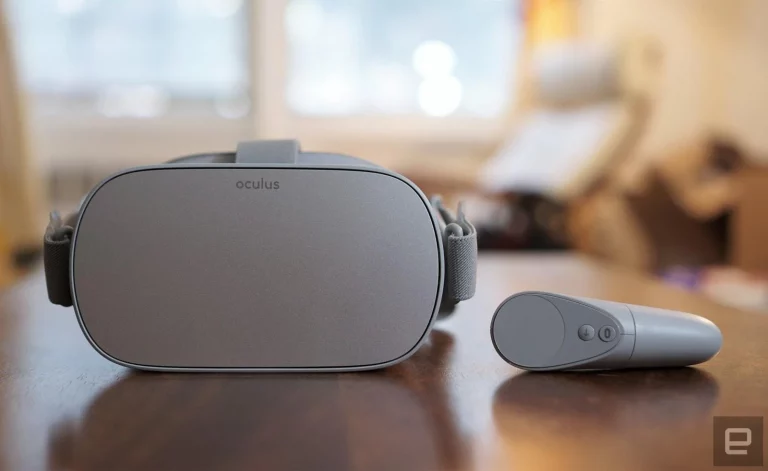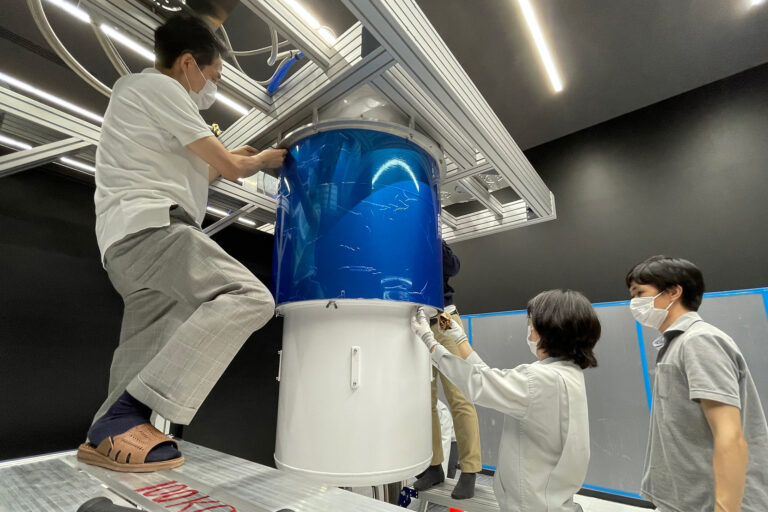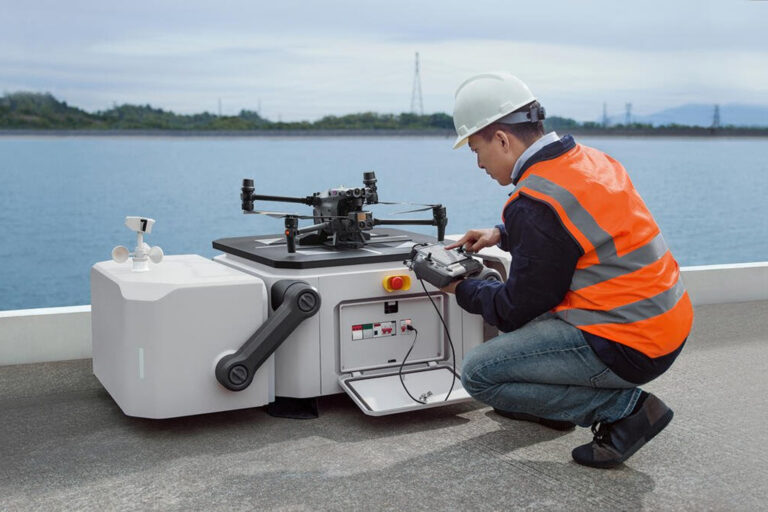Motorola and Verizon made a ‘5G Neckband’ for lighter VR headsets
Everyone wants a piece of the metaverse. Since Facebook rebranded and christened itself Meta, interest in VR and AR has surged again. We’ve already seen companies like , , and try and fail to make VR headsets for the mainstream, and currently devices from Oculus (oops, Meta), Valve, HTC and Sony are left standing thanks to the appeal of immersive gaming.
But Motorola and Verizon believe they have the answer to the biggest problem slowing down mainstream VR headset uptake: they’re often weighed down by a slew of components. The companies are announcing a “5G Neckband” today that they believe can allow headset makers to leave things like connectivity, processing and battery to the collar and focus on making their heads up displays lightweight and comfortable.
In the pictures and diagrams the companies provided to Engadget, the neckband is paired with a ThinkReality A3 headset (from Motorola’s parent company Lenovo), but it is meant to work with other glasses as well. The idea is that the collar and pendant can provide the brains of the operation for heads up displays moving forward. But it’s also intended to help make those experiences much more portable, thanks to a bevy of 5G antenna embedded all over. “We’re making 5G wearable,” vice president of technology at Verizon Brian Mecum told Engadget.
I haven’t seen the 5G Neckband in person, but based on the photos, it looks like a cross between a chunky necklace and a lanyard. There’s what looks like a rope-sized cable encircling your neck, which the companies say attaches magnetically, and a card-sized module that dangles from its middle. The current iteration is black with a red barrel on the right to connect to headsets, which is compatible with Qualcomm’s Snapdragon VR platform and Microsoft’s Remote Network Driver Interface (RNDIS). It also offers USB-C and DP1.4 connections.
The companies said the front pendant measures 2.1 x 3.8 inches (54 x 97mm), weighs 3.5 ounces (100 grams), and contains a Snapdragon 8 Gen 1 processor, 5,000mAh battery, touchpad, SIM card slot and charging light indicator. It also houses a slew of sensors like a gyroscope, accelerometer, barometer and GPS, in addition to antennae for 5G, which are also embedded along the rest of the neckband. At the back sits a trapezoid-shaped module weighing 2.6 ounces (75 grams) that also contains antenna and stereo loudspeakers. Connecting the two are coaxes and signal lines, according to company reps.
“We wanted to make it so it’s pretty indistinguishable to the user,” said Jeff Snow, Motorola’s general manager of product innovation. “They’ve got a smartphone always on them that’s always connected to these glasses.”
Motorola and Verizon aren’t ready to share details around pricing and availability yet, but did tease that they were in talks with major partners including “already in place retail channels that are doing things in AR and VR,” Mecum said. He also mentioned that they’re working with “some sports leagues” and “something pretty big with education.”
“We took a smartphone and exploded it around your neck,” Mecum said. He’s very excited about the new product, “We don’t introduce new form factors or new compute platforms very often in the industry,” he said. “If we can make it easier for kids to learn and we can make it easier for people in sports leagues to learn,” he said, “without the complexity and friction of big heavy things around their head, it’ll change.”
The idea of lightening the load on your neck and moving it to your shoulders while you’re spending hours in VR does seem sound. Other companies have also experimented with making belts or fanny packs to house heavier compute components. But the 5G neckband is very clearly still in its early stages, with Motorola saying that we should “stay tuned for more information.” We’ll need to at least check out a sample in person to judge the weight, latency, performance, heat generated and overall comfort of this device before we can determine if it’s feasible. For now, the neckband is at least an indicator that some companies in the industry are aware of some of the obstacles around VR and AR headsets and are working on solutions. And if it doesn’t get sleeker and better-looking in its next few iterations, then we may all be doomed to look goofy when we don the gear we need to enter the metaverse.
All products recommended by Engadget are selected by our editorial team, independent of our parent company. Some of our stories include affiliate links. If you buy something through one of these links, we may earn an affiliate commission.





